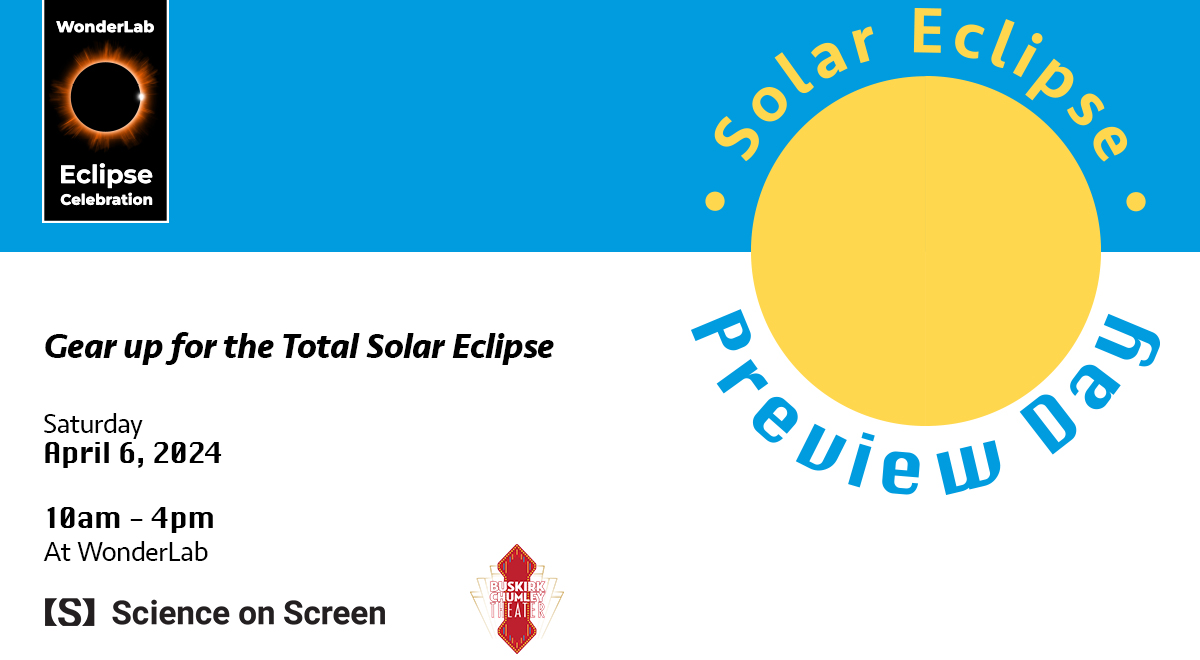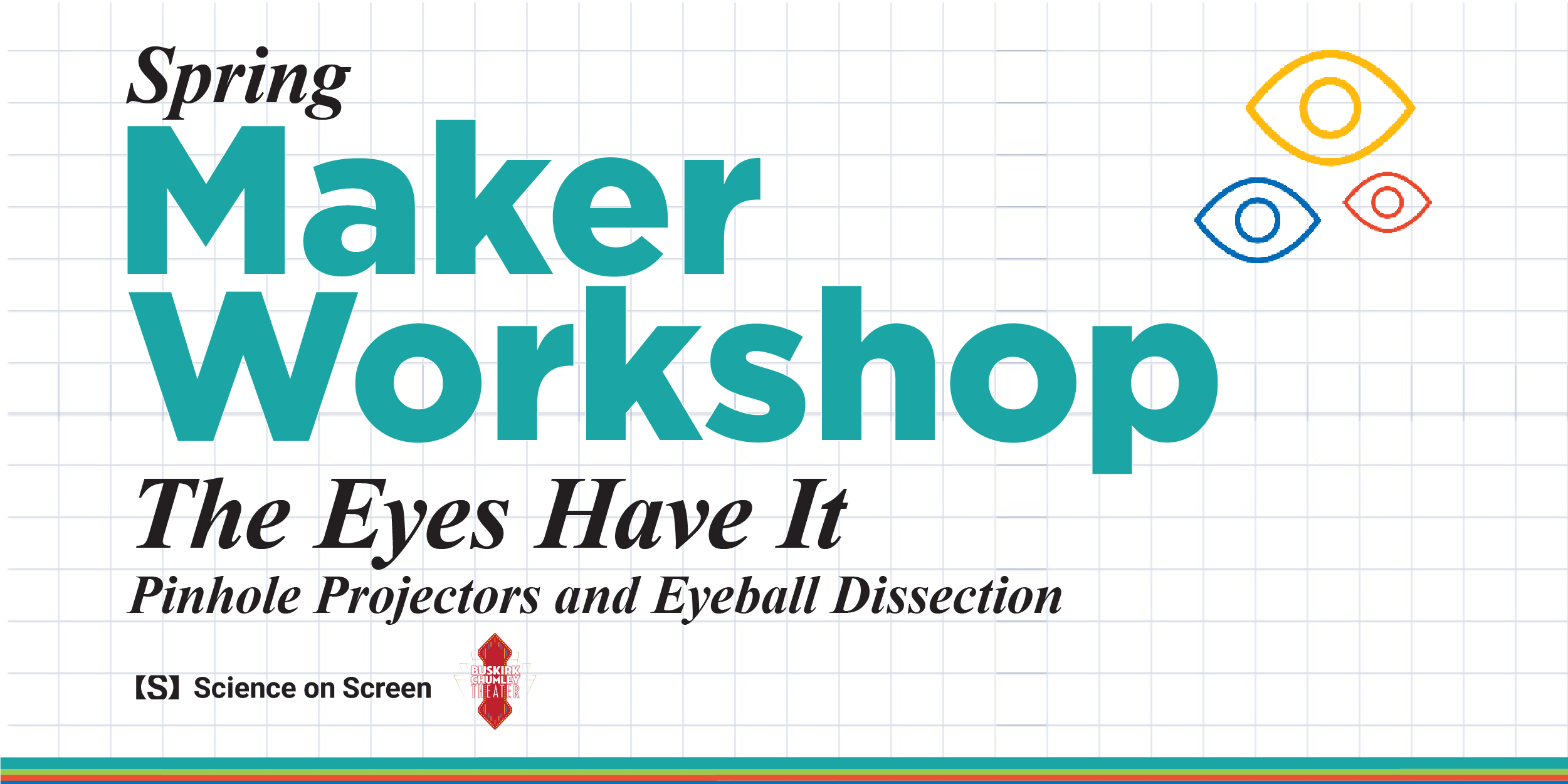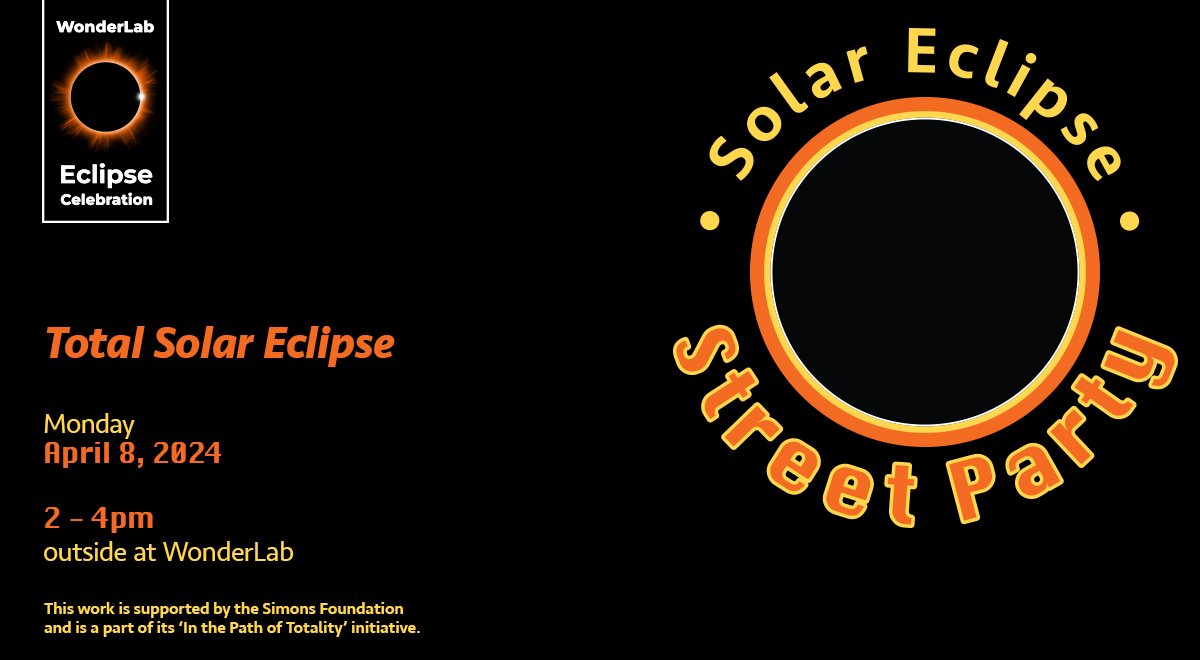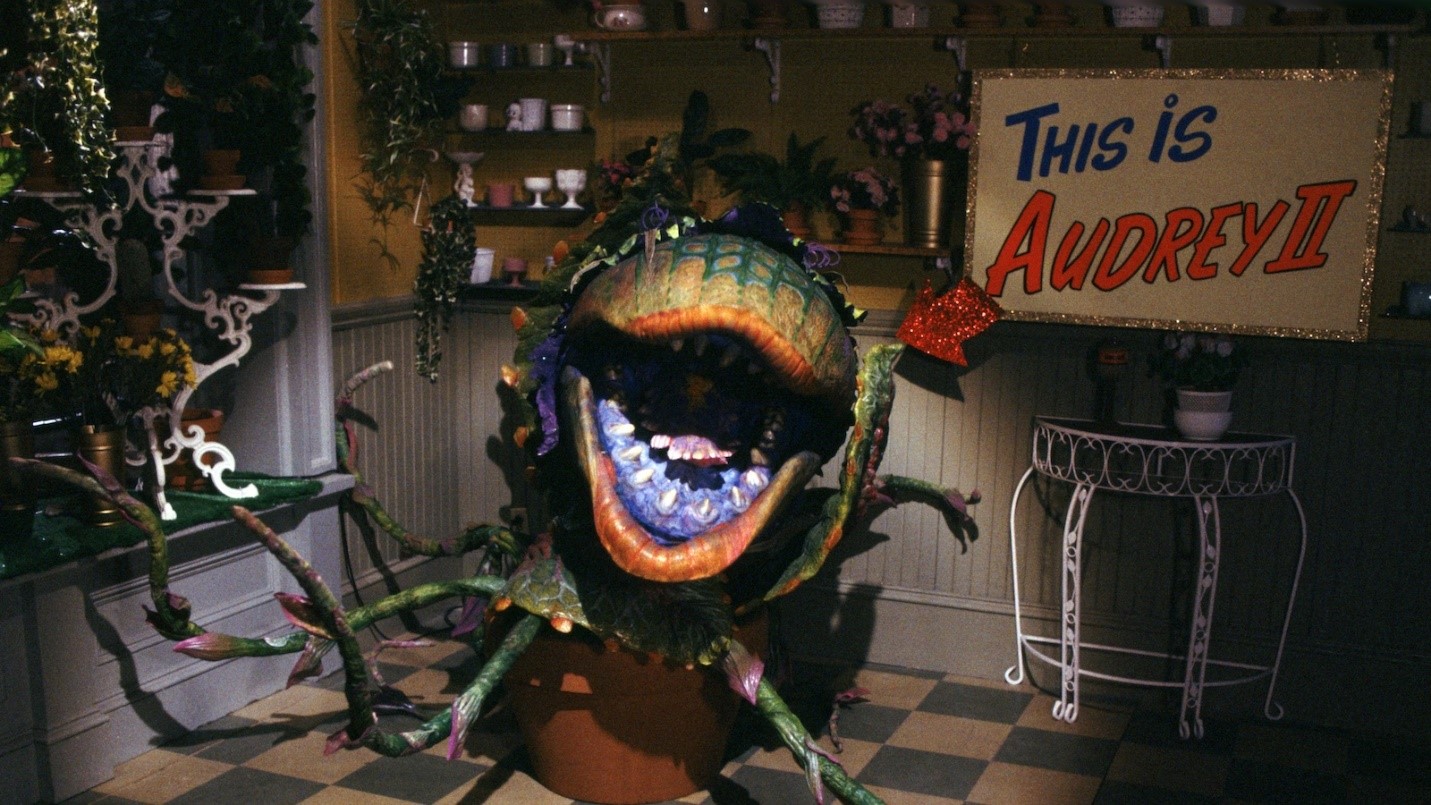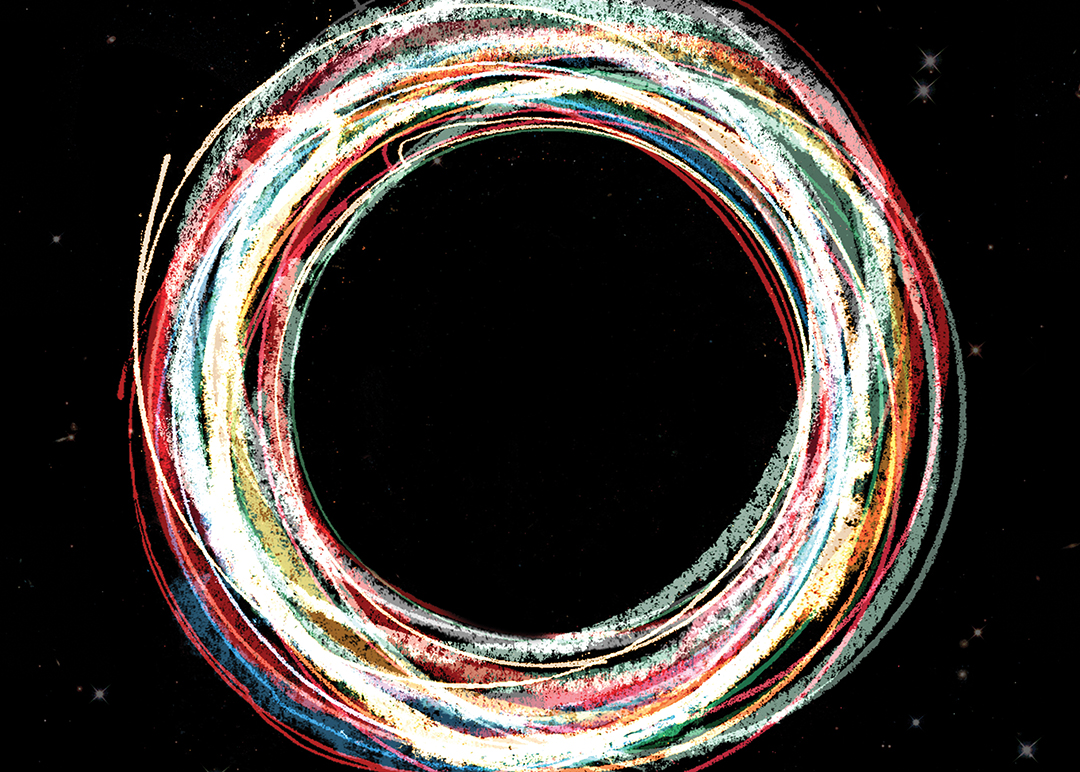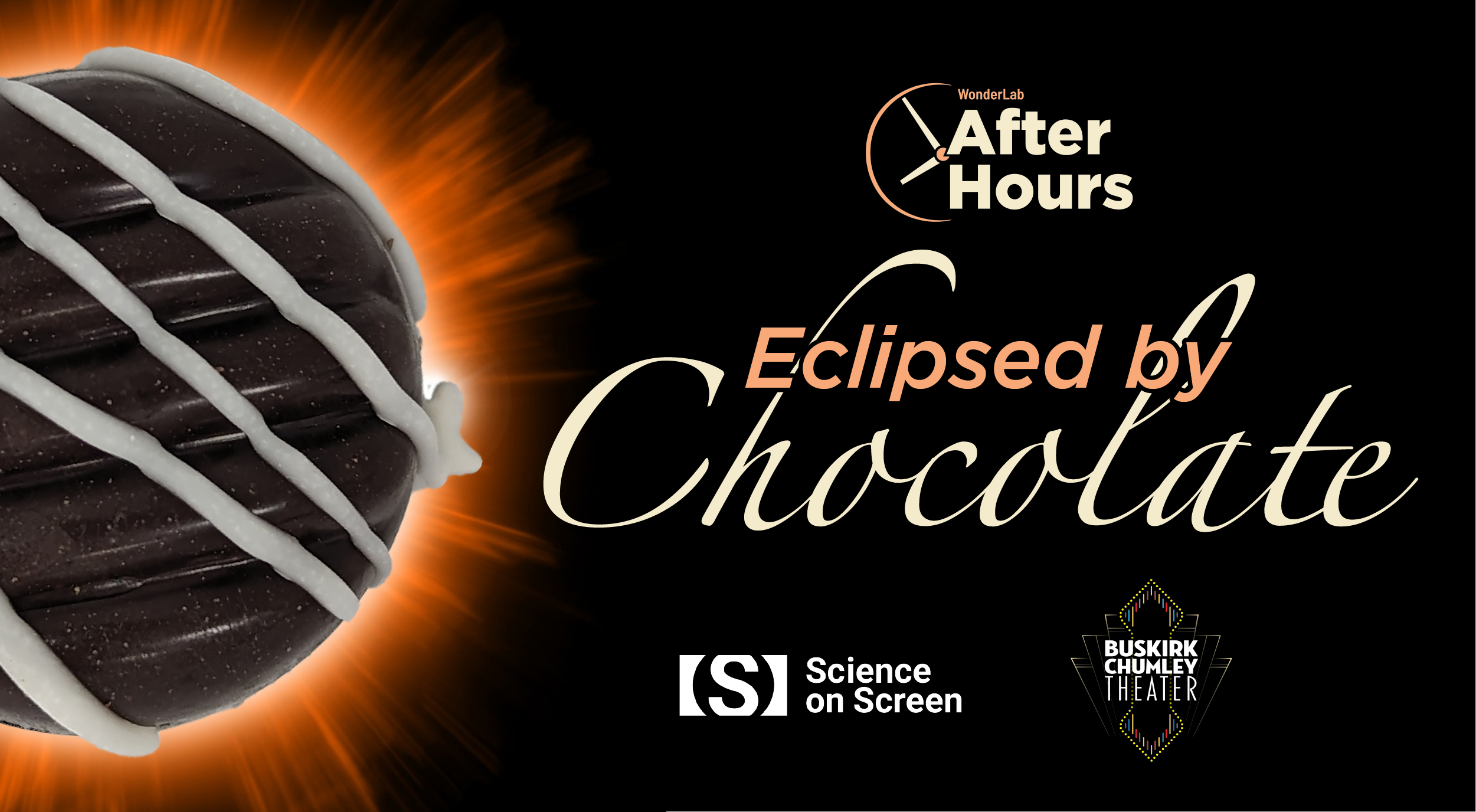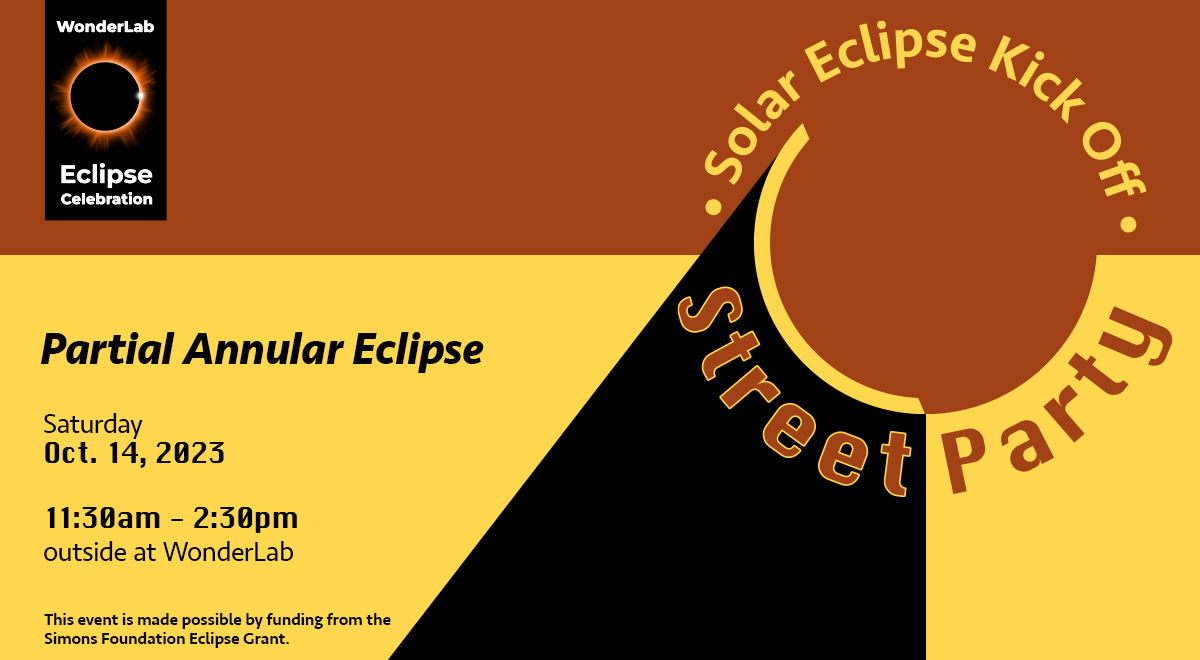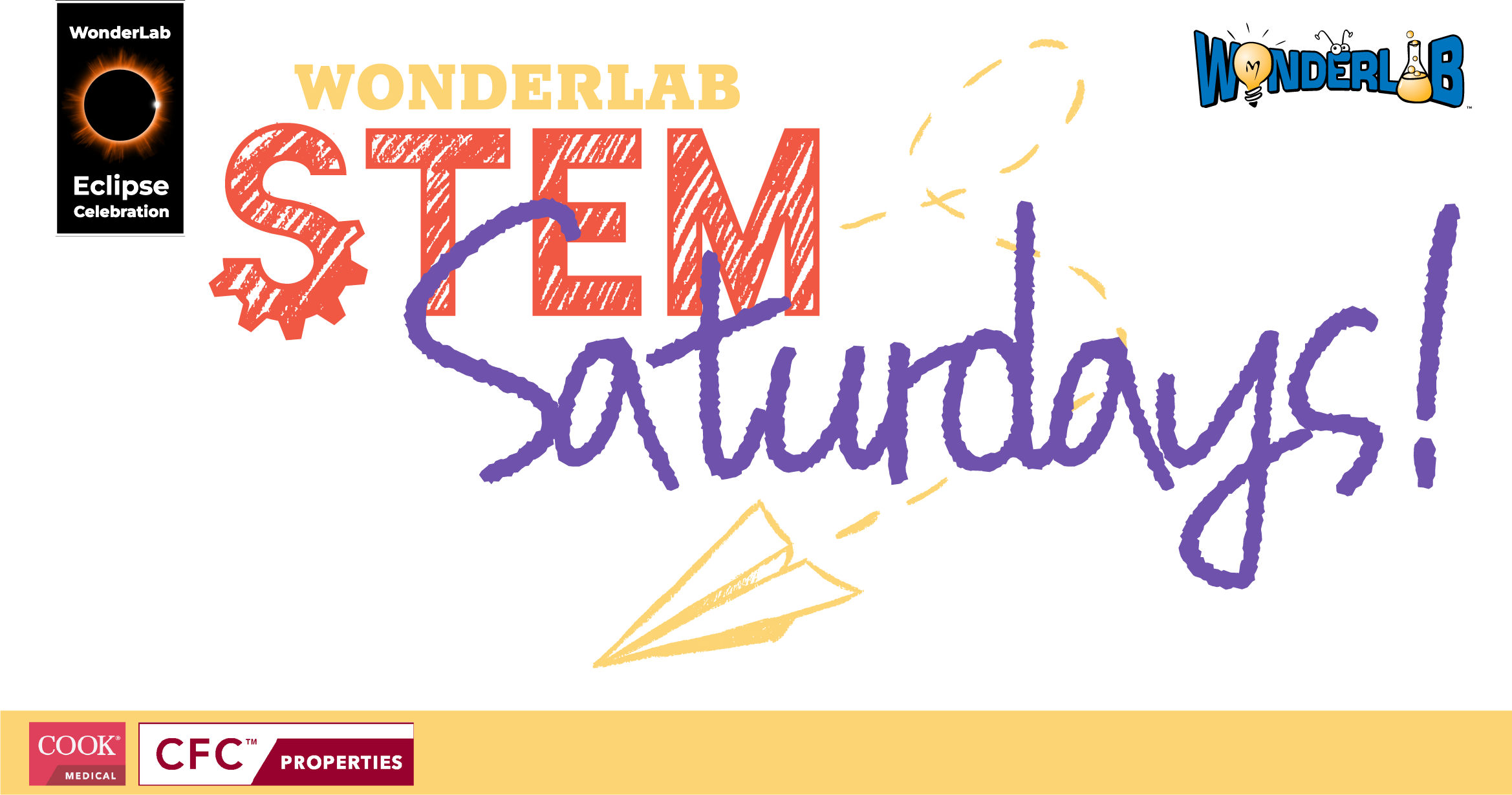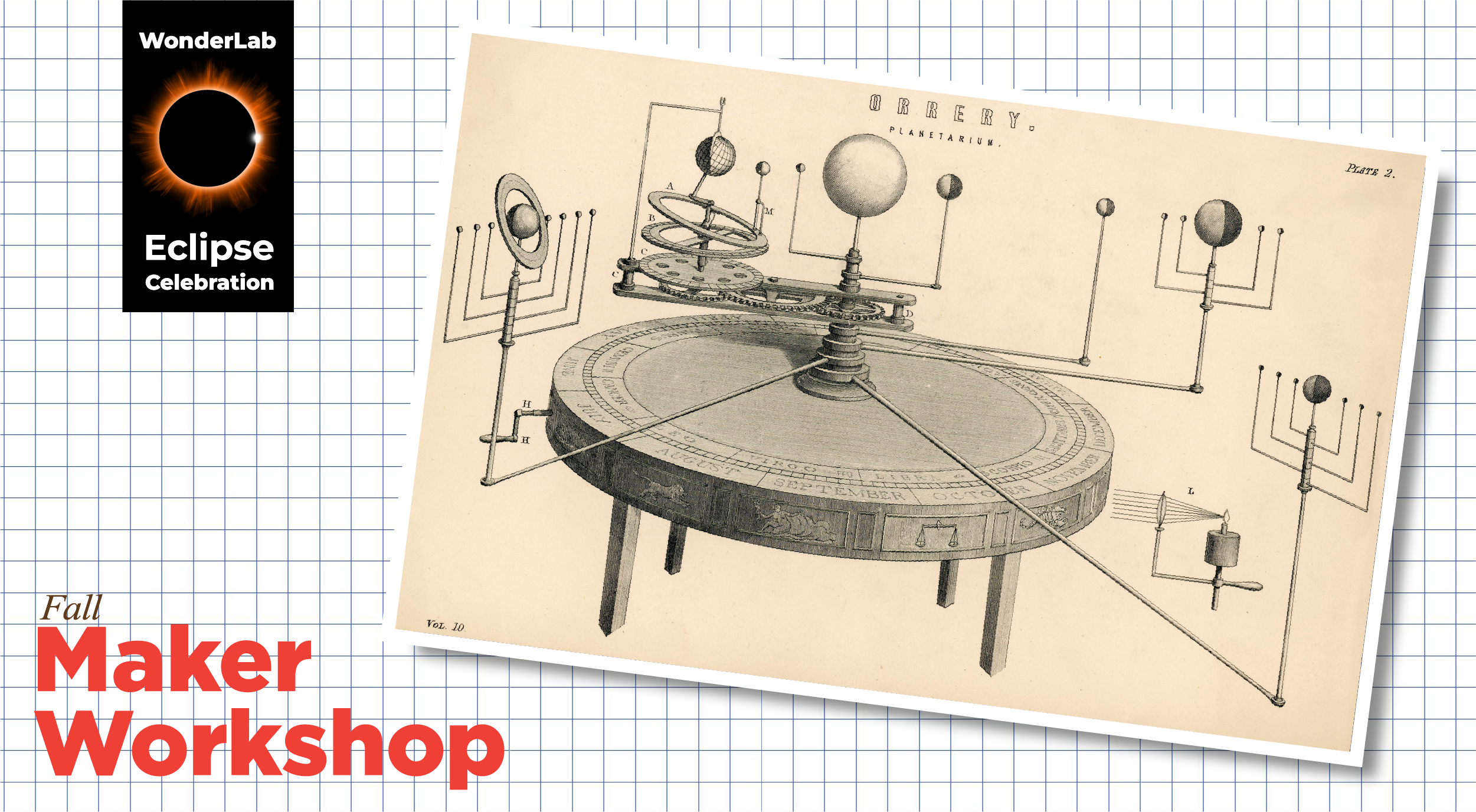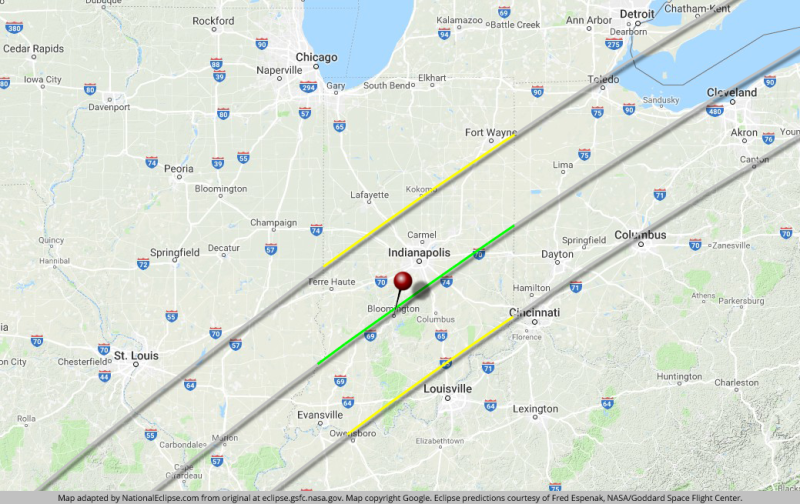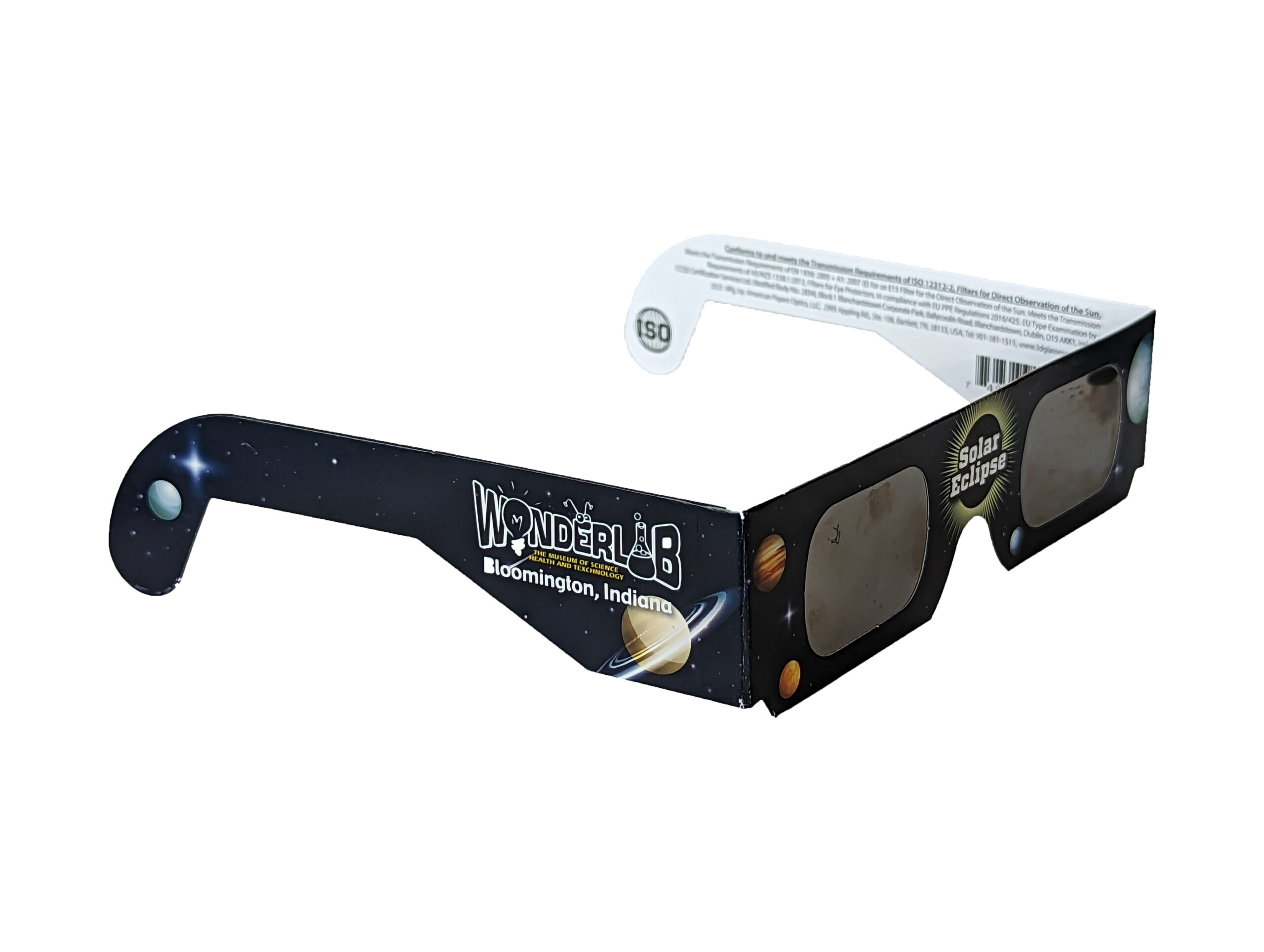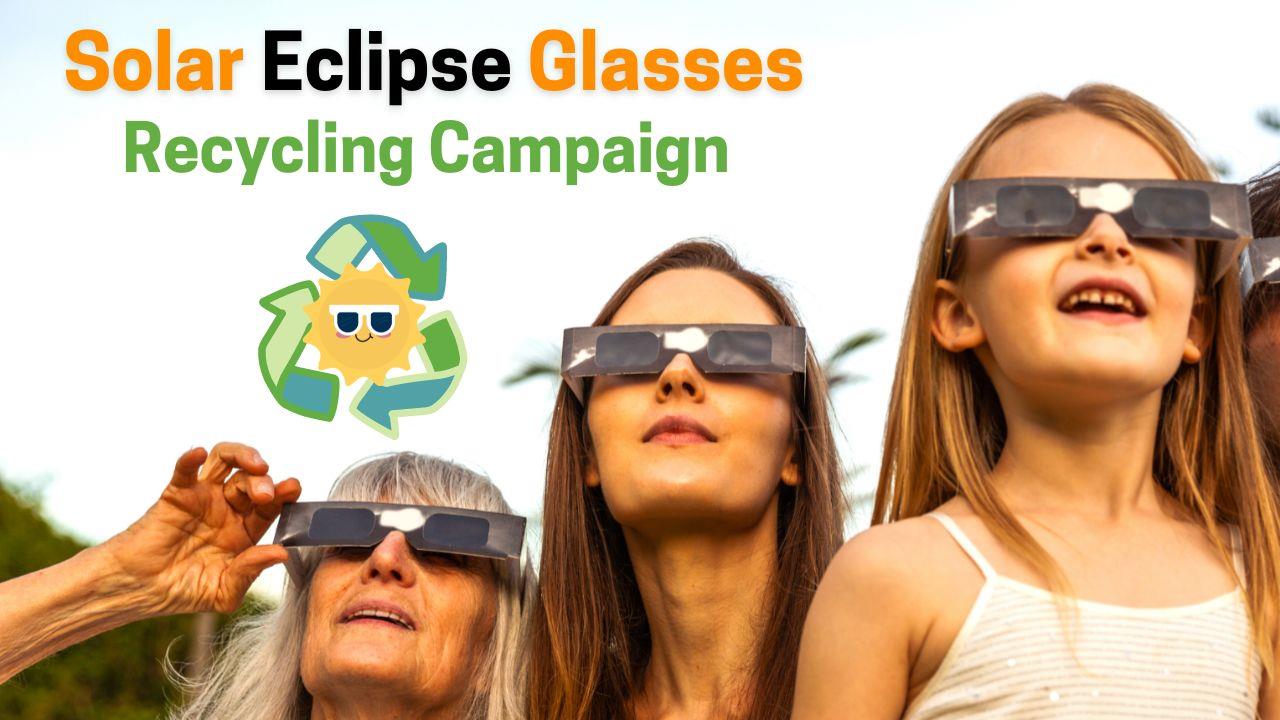2024 Solar Eclipse
Monday, April 8, 2024 – Witness the North American total solar eclipse with WonderLab.
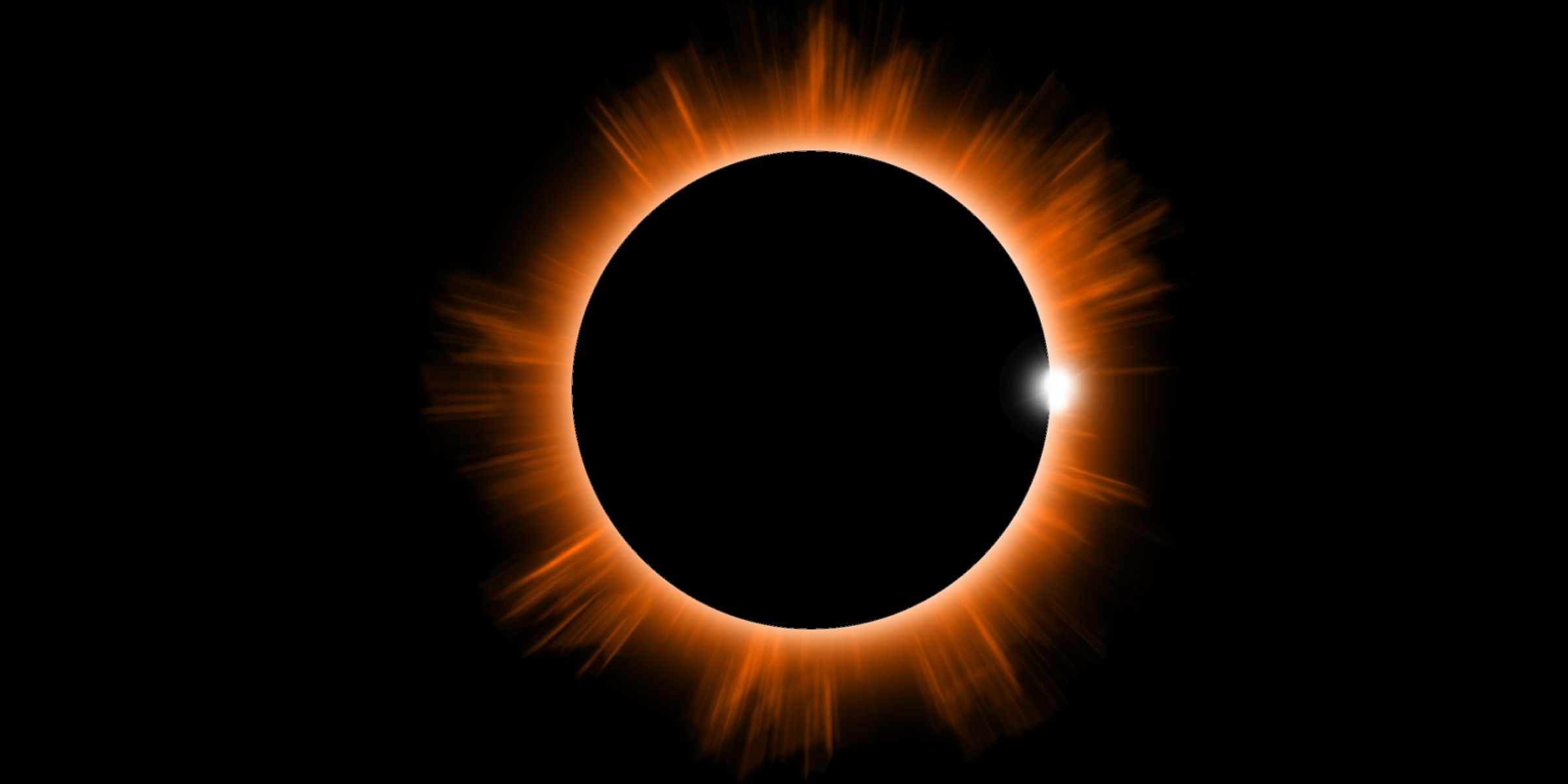
In the Path of Totality
On April 8, 2024 a total solar eclipse will travel from Mexico through the U.S. to Canada. At approximately 3:04 p.m. the city of Bloomington, and WonderLab, will be ideally situated for optimal viewing in the very center of the path of totality. Totality will last approximately four minutes and three seconds.
Stay tuned for more information, events, and specials surrounding the eclipse as the date draws nearer.
This work is supported by the Simons Foundation and is a part of its ‘In the Path of Totality’ initiative.
WonderLab Eclipse Events
WonderLab Eclipse Events
WonderLab Eclipse Events
What is an Eclipse?

A solar eclipse occurs when the Moon passes directly between the Earth and the Sun and the Moon blocks the Sun for a viewer on Earth. During a total eclipse, the Moon lines up perfectly to fully obscure the Sun, resulting in “totality”; in a partial eclipse, the Moon and the Sun are not perfectly aligned and only part of the Sun is blocked; and during an annular eclipse, alignment is perfect but the Moon is too far away from the Earth to completely obscure the Sun. The fact that a total solar eclipse is visible from Earth only along a very narrow path for just a few short minutes makes totality one of nature’s rarest events.
What to Expect
Most people who have seen a total eclipse have described it as the most spectacular natural event they have ever witnessed. It starts as the Moon slowly obscures more and more of the Sun. As the eclipse deepens, the world around you takes on a strange tint and shadows become sharp and detailed. When just a thin crescent of light can be seen through your eclipse glasses, daylight begins to fade and rippling “shadow bands” might be seen on the ground. And then “totality,” as the soft wisps of the solar corona surround a huge hole where the Sun used to be. You might notice a temperature drop and birds flying home to their nests. You’re standing in a strange twilight, while a “sunset” glows all around you. Finally, totality comes to an end and the events occur in reverse order.
Culture, Myths, and Legends
Myths and stories surround solar eclipses. Many cultures view eclipse events differently. People who’ve experienced totality describe the event as life changing.
Where will you be during the 2024 Total Solar Eclipse? Will you spend time with family? Friends? Will you travel or is the eclipse happening where you live?
Read about different cultures and reactions to the solar eclipse here: https://www.timeanddate.com/eclipse/solar-eclipse-myths.html
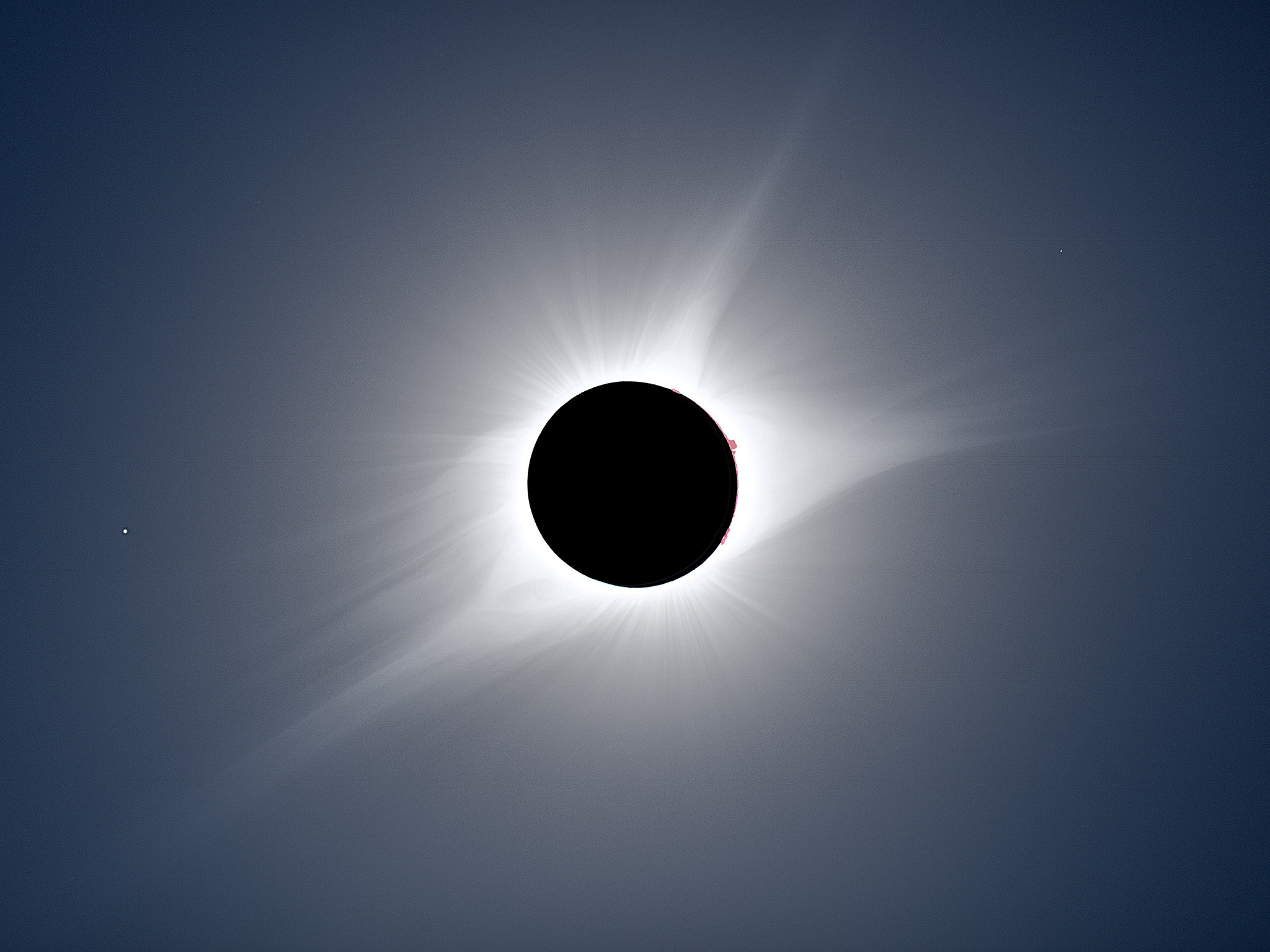
About this Image: The total phase of the August 21, 2017, solar eclipse as seen from Madras, Oregon. This is a composite of short, medium, and long exposures, as no single exposure can capture the huge range of brightness exhibited by the solar corona. The star to the left (east) of the eclipsed Sun is Regulus, the brightest star in the constellation Leo. Much fainter Nu (ν) Leonis is visible at upper right. No filter was used during the exposures, as totality is about as bright as the full Moon and just as safe to look at. At all other times, though, a safe solar filter is required to observe or photograph the Sun.
Credit: Rick Fienberg / TravelQuest International
Eclipse Safety
Use Eye Protection
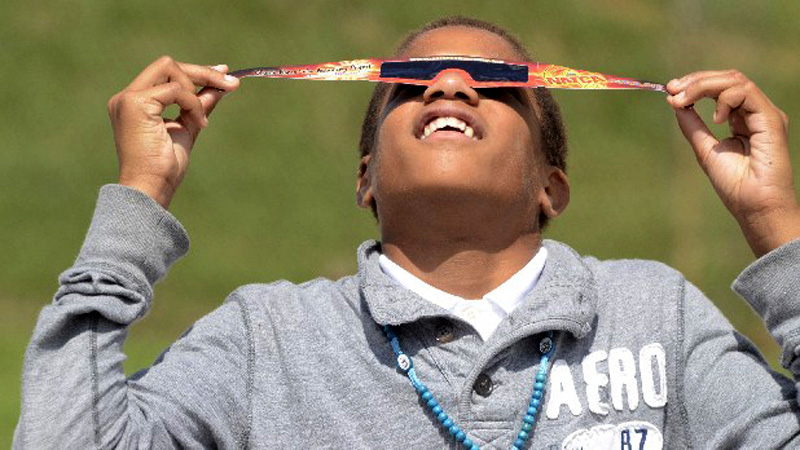
Except during totality, never look at the Sun without eye protection. When viewing the eclipse, use eclipse glasses or a viewer at all times when any part of the Sun is visible.
Adequate eye protection specifically designed for viewing the Sun is essential and should be worn so that no harmful rays from the Sun can reach the eye.
A total solar eclipse is about as bright as the full Moon — and just as safe to look at. But the Sun at any other time is dangerously bright; view it only through special-purpose “eclipse glasses” or hand-held solar viewers that meet the ISO 12312-2 international standard for such products.
Image Credit: Charlie Bates, courtesy Mark Margolis / Rainbow Symphony
Never Look Directly At the Sun
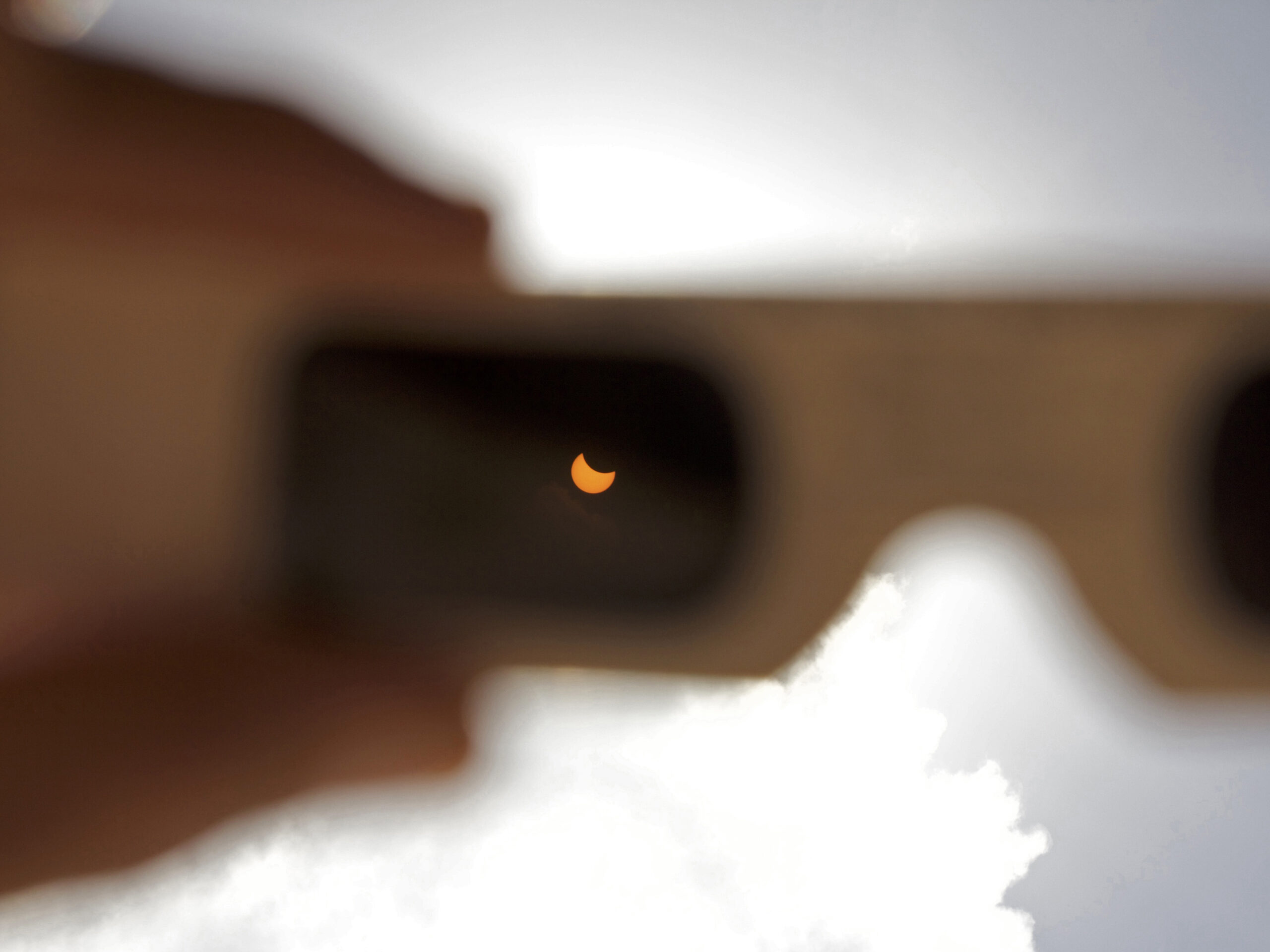
You must use a solar filter to view the partial phases, however the total part of the eclipse is completely safe to look at with the naked eye. In fact, you cannot even see totality unless you remove your solar viewers.
Direct viewing of the Sun can cause permanent eye damage if the proper precautions are not taken.
Homemade filters or ordinary sunglasses, even very dark ones, are not safe for looking at the un-eclipsed or partially eclipsed Sun.
Image Credit: Paul Deans / TravelQuest International
Solar Glasses
Solar Glasses are available for purchase from WonderLab.
View the 2024 Solar Eclipse safely through these certified solar viewers by American Paper Optics. With an optical density of 5 or greater, these ISO 12312-2 compliant and CE certified eclipse glasses are independently tested and safe for all phases of the eclipse.
Pick up a pair in the WonderLab Gift Store.

Image Source: https://eclipse.aas.org/eye-safety
Fun & Facts
What States Are in the 2024 Path of Totality?
The 2024 Eclipse will cross parts of 15 states: Maine, New Hampshire, Vermont, New York, Pennsylvania, Michigan, Ohio, Indiana, Illinois, Kentucky, Tennessee, Missouri, Arkansas, Oklahoma, and Texas.
32 million people live within the path of totality.
Checkout all the cities in the 2024 path of totality: https://nationaleclipse.com/index.html
Experiments to Try During the Eclipse
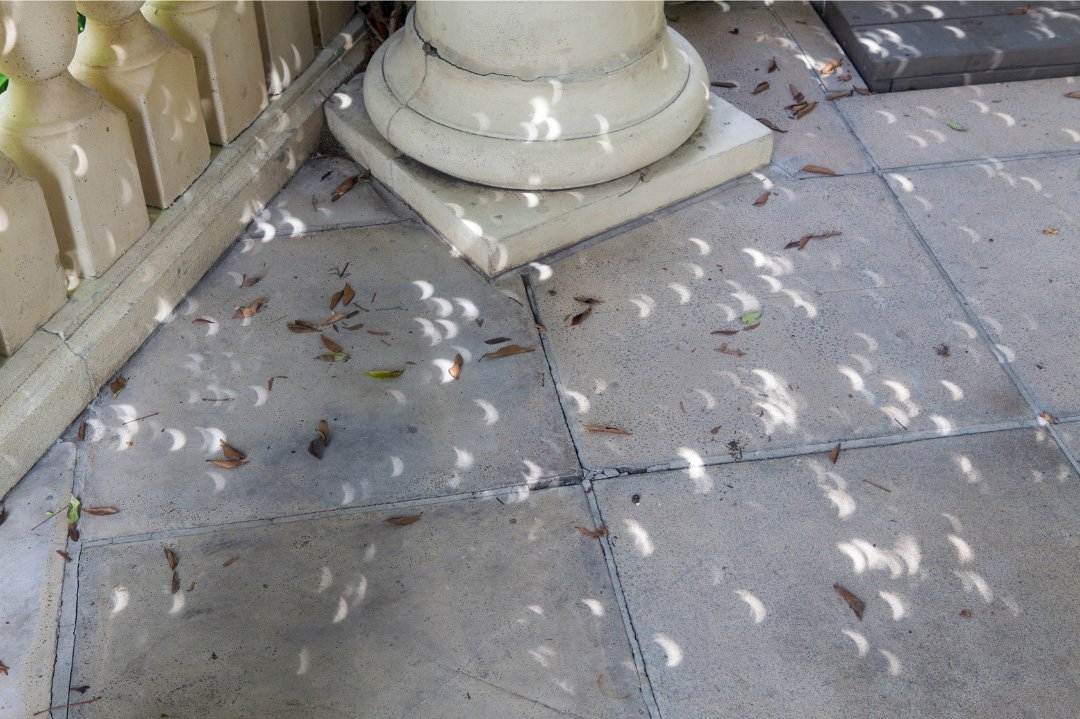
- Use a colander or slotted spoon to project shadows onto the floor, or on to a wall, which when close to the peak of the eclipse where you are should resemble “crescent Suns.”
- Watch the shadows. What do you notice?
- Close your eyes and listen. What do you hear?
When is the Next Total Eclipse?
The next total eclipse of the Sun anywhere in the United States happens on August 25, 2044 but will only be visible from parts of Montana and North Dakota.
How old will you be in 2044?
Where might you be in 2044?
Learn More
Here you’ll find some of the best websites and resources available about the upcoming 2024 Solar Eclipse. Dig deep, ask questions, discover!
Regional and State Resources
See what our partners are doing locally and across the United States:
Websites About the April 8, 2024, Total Solar Eclipse
- Eclipse2024.org (Dan McGlaun)
- EclipseWise.com (Fred Espenak)
- Eclipsophile.com (Jay Anderson & Jennifer West)
- GreatAmericanEclipse.com (Michael Zeiler)
- Hermit Eclipse (Ian Cameron Smith)
- NASA Science: Eclipses
- National Eclipse (Dave Clark)
- Shadow & Substance (Larry Koehn)
- U.S. Naval Observatory
Solar Eclipse Glasses Recylcing
After we emerge from totality…after the sky has brightened…after the traffic clears…what will happen to your eclipse glasses?
WonderLab is delighted to be a node for the Astronomers Without Borders Solar Glasses Recycling Campaign.
Bring your glasses to WonderLab for recycling! Your glasses will be vetted for reusability and donated to other locations for use during future eclipse events.
Drop yours off in the donation bin in the WonderLab lobby through April 2024.

